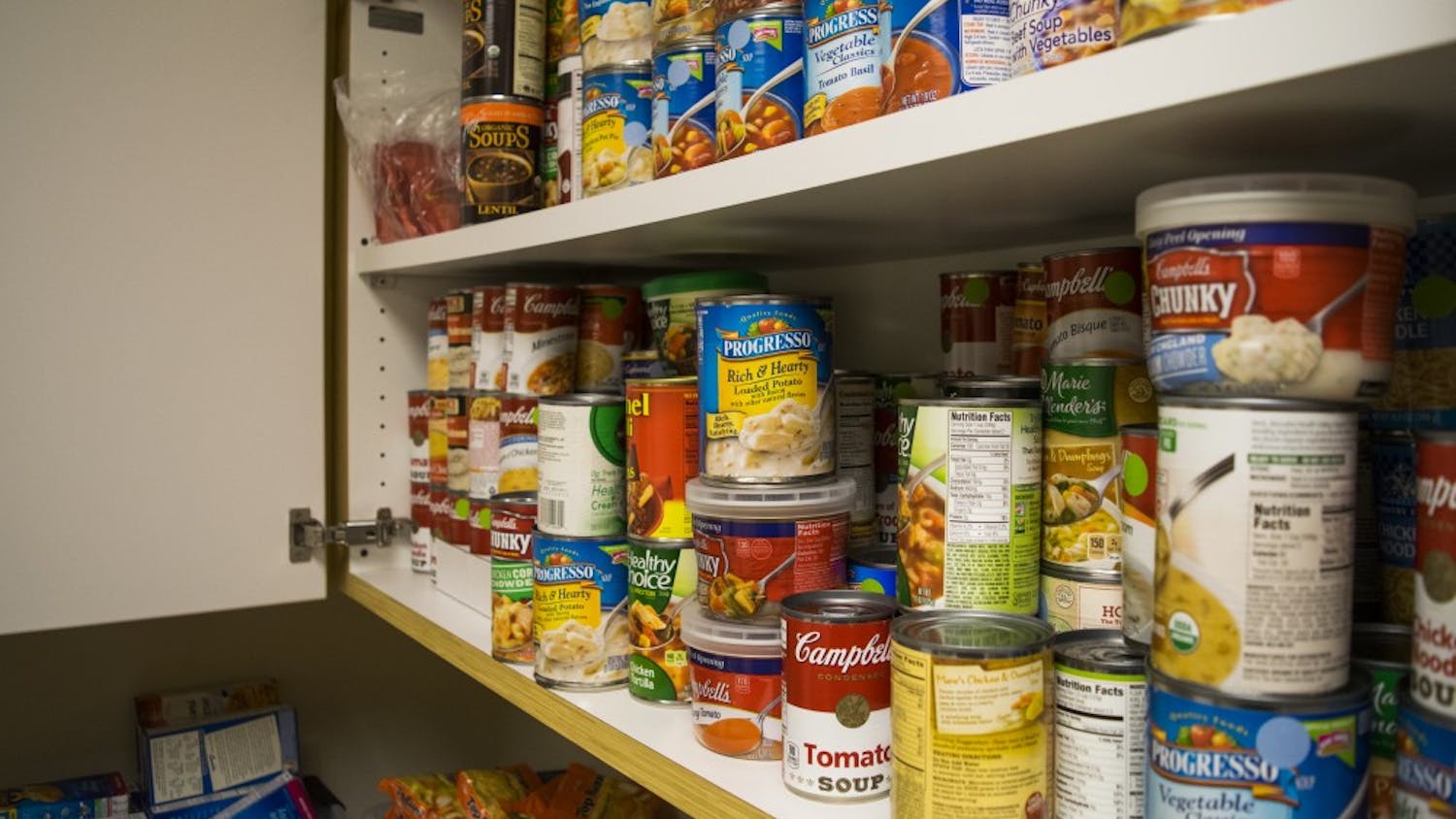By Brian Sweeney
The daily cardinal
Sometimes, researchers slave away for years without making significant inroads to their topic of interest. Other times, a serendipitous event can provide the spark needed to quickly advance a study. Sometimes these events can come in the form of a surprising experimental result caused by setting up the test just slightly differently.
More often, however, serendipity comes into play when discussing one's research with others. UW-Madison researchers Tom Sutula and Avtar Roopra's recent advances in epilepsy treatment options are no exception.
""I nearly fell off my barstool! We were talking over beers, asking each other ‘what are you doing?' He said he was working on this thing called the ketogenic diet, where if you get rid of carbohydrates you can treat epilepsy,"" said Roopra, an assistant professor of neurology.
""I said, ‘Are you kidding?' And so I told him my story and we realized we were both studying the same thing—one from a clinical component, one from a molecular biology component,"" Roopra said.
Roopra and Sutula, a neurological clinician at UW, collaborated in a bridging of laboratory and clinic to investigate a new and effective way to treat epilepsy using a sugar commonly used in medicine.
""People with this condition are pretty desperate, and it doesn't get a lot of attention—[not nearly] as much attention as you might think it would get given that it affects one percent of the population. So this is potentially a very exciting development,"" Sutula said.
The root of the approach involves reducing glycolysis rates in the cells. Glycolysis is a process through which the body breaks down glucose to release energy. The reaction forms pyruvic acid and a chemical known as NADH, which activates genes linked to seizures by binding to a protein called C-terminal binding protein, or CtBP.
""The nucleus of CtBP binds to NADH. The CtBP and NADH lift off the genes, and the genes then turn on. So by reducing this NADH by reducing glycolysis, we allow the CtBP to sit back down on neuronal genes and shut them back down,"" Roopra said.
In their experiment, the researchers injected rats with a sugar similar to glucose that suppresses glycolysis, thus reducing the production of NADH in the body. In short, less glycolysis means less activation of genes associated with seizures.
""The 2DG goes into cells and it inhibits key enzymes in glycolysis so the glucose that is around cannot be used,"" Roopra said.
Inhibiting the energy-producing glycolysis pathway had remarkably few side-effects in the rats.
""The administration of the drug in quite high doses didn't have any long-term, obvious adverse effects on the animals,"" Sutula said. ""The energy derived from glycolysis can be derived from other metabolic sources.""
Epileptics fall into two categories: those who can be treated by drugs and those who must rely on other methods to control their disease. Half respond to epilepsy drugs and approximately 15 percent of epileptics do not respond to drugs or surgery at all.
Those not responding to drugs often try to overcome their disorder by carefully selecting the foods they eat in the ketogenic diet. Since the ketogenic diet restricts carbohydrates, patients rely on proteins and fats for energy.
""It's usually introduced in younger people because of the desperation that occurs with a young person on lots of drugs who continues having seizures,"" Sutula said. ""There are stories of parents having to lock the cupboards in the food pantry to keep kids out of the cookies and the breads, so it's hard to implement.""
The ketogenic diet is similar to Roopra and Sutula's research in that it aims to slow glycolysis. The 2DG blocks glucose from glycolysis pathways, while the ketogenic diet prevents glucose from entering the system at all.
The sugar 2DG would most likely treat those who do not respond to other drugs, including those on the ketogenic diet. Roopra thinks it would probably be administered orally, whether in pill form or as a supplement in a patient's food.
""A compound which you could throw in your coffee, stir up and drink is so useful,"" he said.
""For those for whom the ketogenic diet works, which represents a large faction of those who don't respond to the drugs, I think this offers a lot of hope.""
Sutula, Roopra and their team have faith in 2DG and have patented it for use as a treatment for epilepsy.
Hopeful but realistic, Sutula said, ""We're hoping that human testing could begin in 2007, and 2008 in the form of clinical trials, but the market is still years off if the trials go well.""





